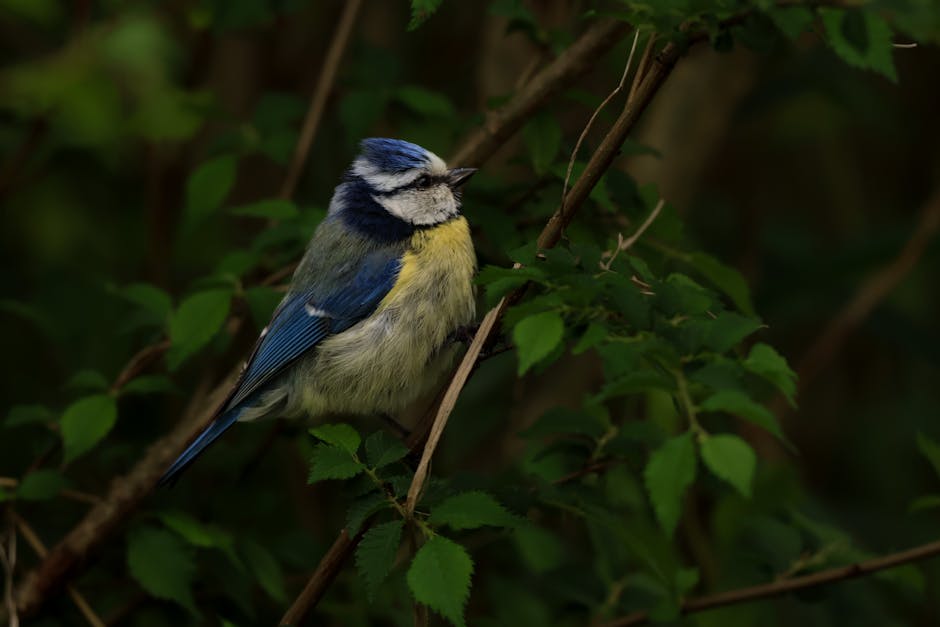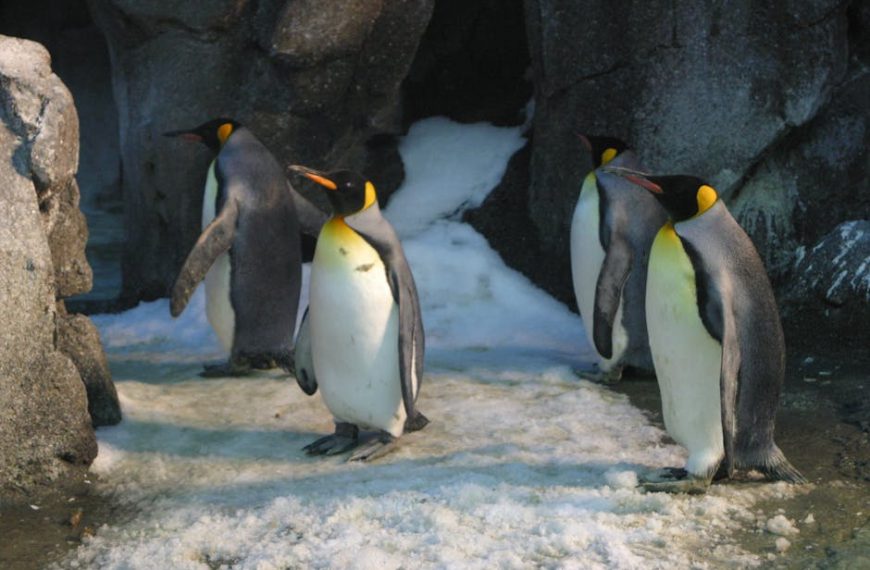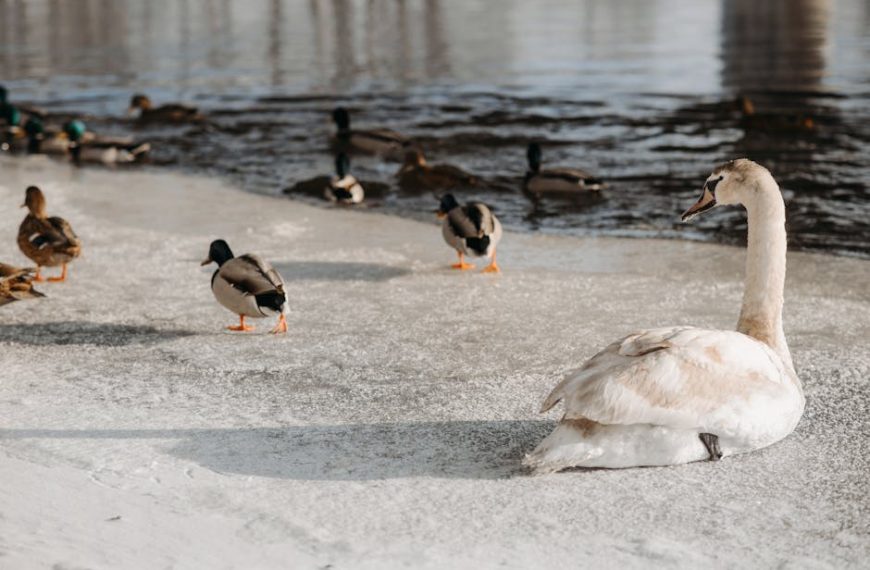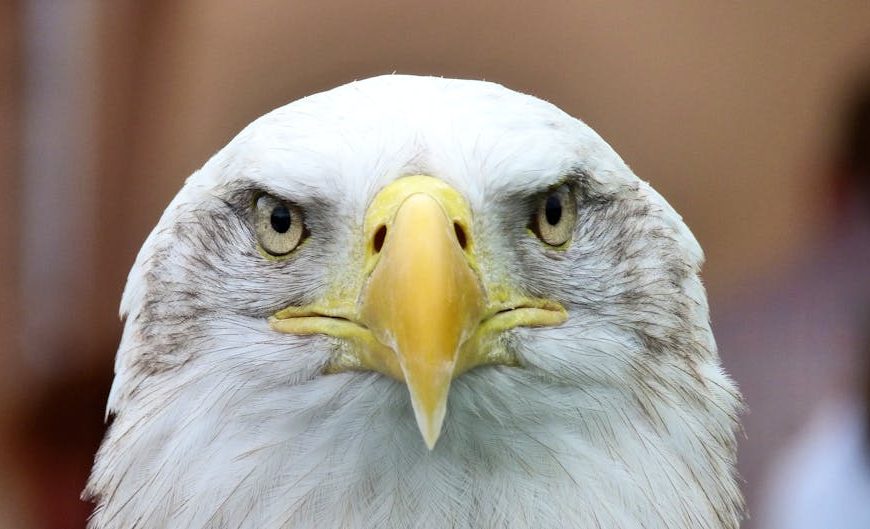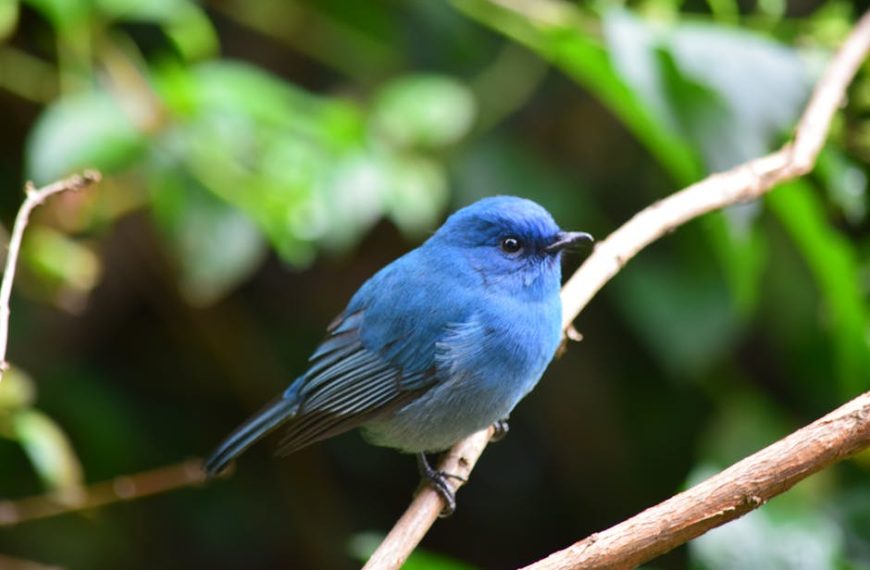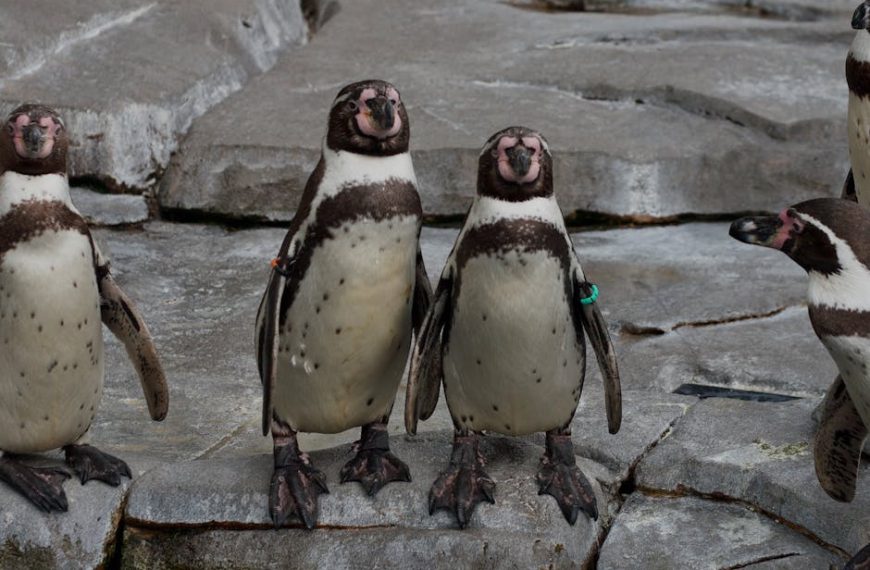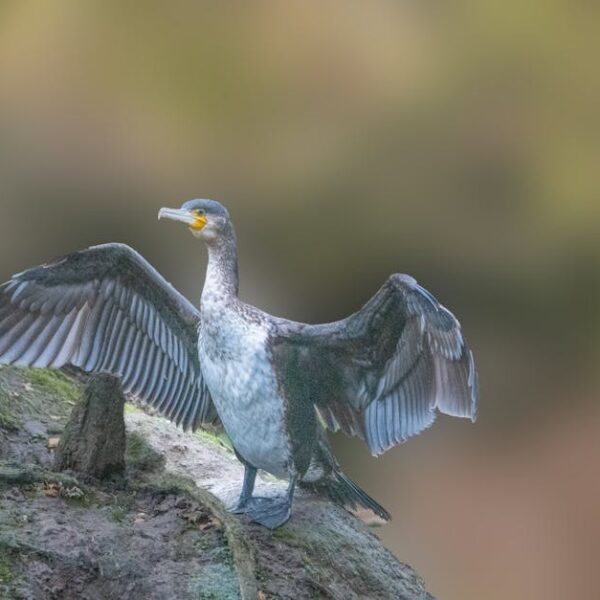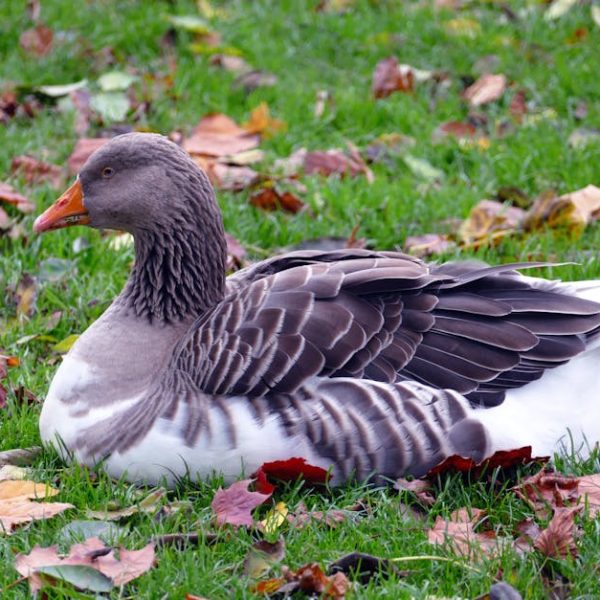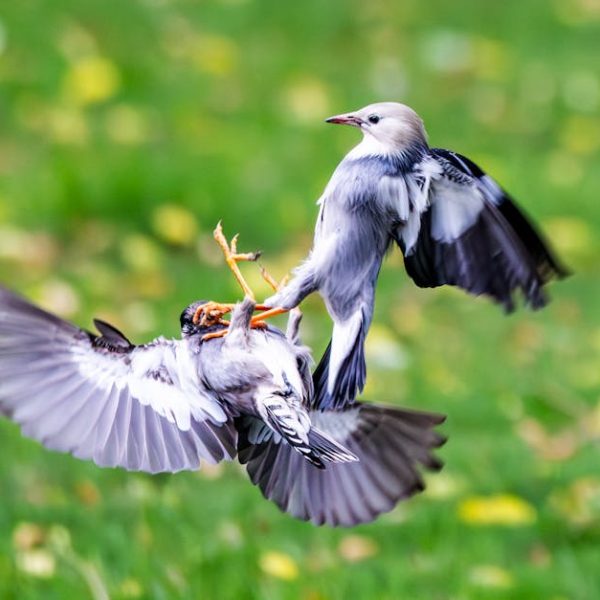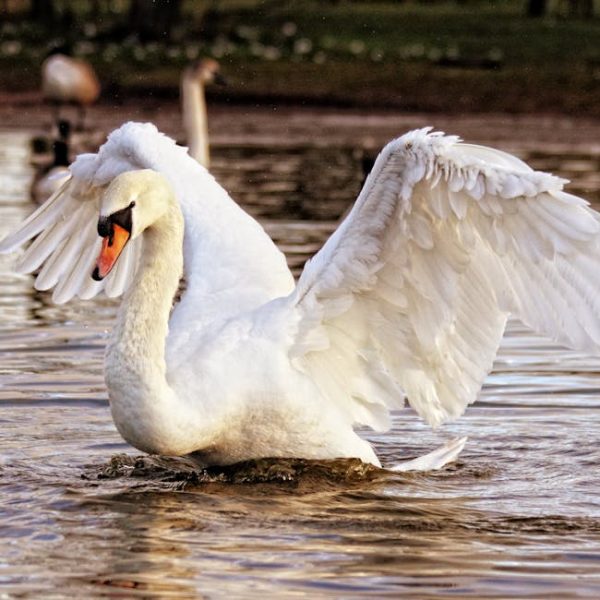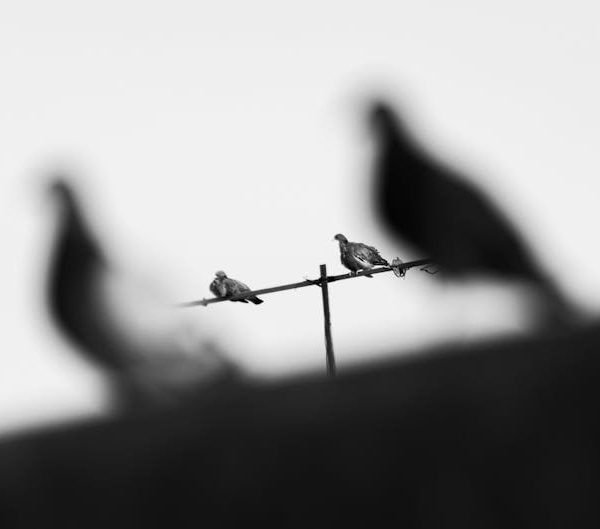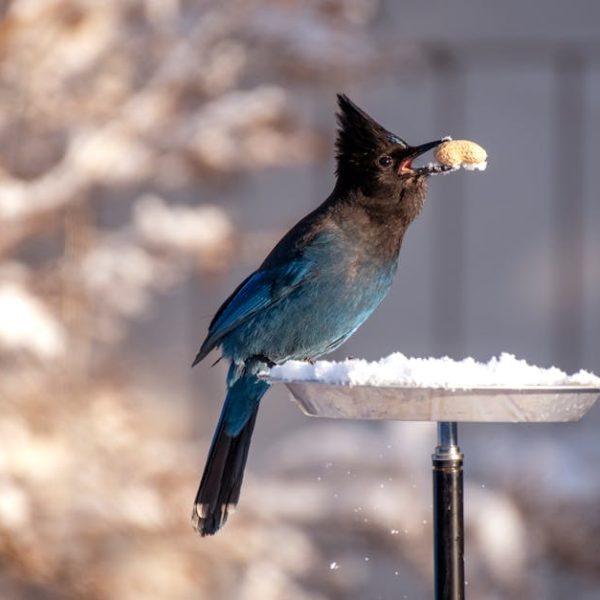Birds are among the most vibrant and diverse creatures on the planet. While it’s common knowledge that their bright plumage plays a crucial role in attracting mates, less well known is that the females of many species harbour duller hues. This isn’t an oversight of nature; rather, it’s an evolutionary adjustment rooted in sexual selection principles, predation avoidance, energy conservation, and occasional role reversals.
Sexual Selection & Differential Male and Female Colors
At its core, sexual selection is an evolutionary theory that emphasizes the importance of physical traits in the process of mate selection. It’s a vehicle for competition and display, particularly among males, who frequently display bolder, more vivid plumage to attract prospective mates. Species like the peacock, bird of paradise, and American redstart are striking examples where the males’ plumage is not just brighter, but dramatically more ornate than their female counterparts.
However, this flamboyance comes with its advantages and disadvantages. Bright colors help in being recognised easily and express good health or superior genes. However, it also makes the males more noticeable to predators, leading potentially to a shorter life span.
Camouflage and Predation Avoidance
In contrast to the males’ flamboyant display of colors, female birds often sport muted tones. This discrepancy can be attributed largely to camouflage and predation avoidance. Dull plumage can serve as a useful adaptation for female birds, allowing them to blend into their environment. This is particularly critical when it comes to protecting their nests from predators. Brown hues, greys, and other earthy tones common in female bird plumage blend harmoniously with tree barks, leaves, and soil.
Species like the Northern Cardinal, with the beige-coloured females, and the American Robins, where females have more understated tones, are excellent examples of this protective coloration. When you’re bird-watching next, pay close attention. Spotting these well-camouflaged females amidst nature’s canvas is a gratifying challenge and a testament to the effectiveness of their gentler coloring.
Energy Conservation and Colour Production
Another aspect possibly underpinning the duller appearance in female birds could be the energy involved in colour production. Bright and vibrant pigments require more energy to produce, and in the energy-conscious world of nature, females may prioritise other aspects like egg production over extravagant coloration.
The cost ratio between male birds and female birds in terms of energy spent on vibrant colors is significant. For instance, among bluebirds, males clearly outspend their female counterparts in the energy bank by maintaining their vivid blue hues. Understanding this difference aids in appreciating the subtle yet significant influence energy dynamics hold over the avian world’s color spectrum.
Mate Choice and Reverse Sexual Dimorphism
In the conventional scheme of things, brighter plumage is associated with males, and dull feathers are attributed to the females. But exceptions to this rule – known as ‘Reverse Sexual Dimorphism’ – do exist. Quite captivatingly, in some bird species, it’s the female birds that sport the bright colors to attract male birds. The African jacana and the phalaropes are prime examples of this relatively rare occurrence.
While environmental factors may account for some of this, research suggests that this female flamboyance flourishes particularly in species where the males take up significant parental duties. It’s an enticing twist on the accepted norms and an example of nature’s fascinating diversity and versatility.
Impact of Human Activities on Bird Plumage
As much as bird plumage is a product of evolutionary adaptation and natural selection, it isn’t insulated from human activities. In particular, studies suggest city birds tend to be duller due to pollution. This environmental damage may ultimately impact the bird’s ability to replicate their vibrant hues, leading to ongoing dullness across generations.
On a promising note, humans aren’t necessarily a destructive force. We can, and increasingly are, playing an important role in conservation efforts. Planting native plants, preserving green spaces, and reducing pollution, both light and chemical, can all have positive impacts on the survival and vibrancy of our feathered allies. Successful initiatives like urban bird sanctuaries have shown considerable promise in maintaining and restoring bird populations.
In conclusion, the duller plumage of female birds reveals much about their survival strategies, energy management, and mating selections. It’s a signpost to the adaptive, constantly evolving world of nature – a world we’re an integral part of. So next time you spot a bird, take a minute to appreciate not just its beauty, but the intricate natural dynamics reflected in its colors. It’s a vibrant science lesson taking flight right before your eyes.
Key Takeaway:
- Sexual selection is a crucial driver of the vibrant colors in male birds, which helps them to attract mates.
- Holistically, female birds’ duller plumage has evolutionary advantages such as effective camouflage and energy conservation.
- The theory of Reverse Sexual Dimorphism, where females are brightly colored and males are dull, emphasizes nature’s versatility and the influence of environment and mating roles.
- Human activities, like pollution, can negatively impact the birds’ plumage. However, through conservation initiatives, we can help maintain the birds’ vibrant diversity.
By appreciating the evolutionary maneuver behind the birds’ plumage, we get a fascinating example of evolution. Equipped with this understanding, we can further appreciate the delightful diversity of nature and our part in conserving it.
FAQs
Q: Why are male birds more colorful than female birds?
A: Generally, male birds boast more colorful plumage due to the sexual selection process whereby they use vibrant colors to attract potential mates.
Q: How does camouflage help female birds?
A: Camouflage, aided by their duller colors, allows female birds to blend into their surroundings. This is particularly beneficial in protecting nests from predators.
Q: What is Reverse Sexual Dimorphism?
A: Reverse Sexual Dimorphism is a role reversal where female birds, unlike the conventional norm, are the ones with vibrant plumage to attract male birds.
Q: How can human activities affect bird plumage?
A: Human activities like habitat destruction and pollution can lead to dullness in birds’ plumage. Pollution can affect the birds’ ability to generate their vibrant hues.
Q: How can we help to preserve vibrant bird plumage?
A: We can contribute to preserving bird plumage by planting native plants, preserving green spaces, and reducing light and chemical pollution. Initiatives such as urban bird sanctuaries can also help in maintaining the bird populations.
Please feel free to share this article with others who share your passion for bird-watching, and do explore our other posts to delve deeper into the vibrant world of nature.
